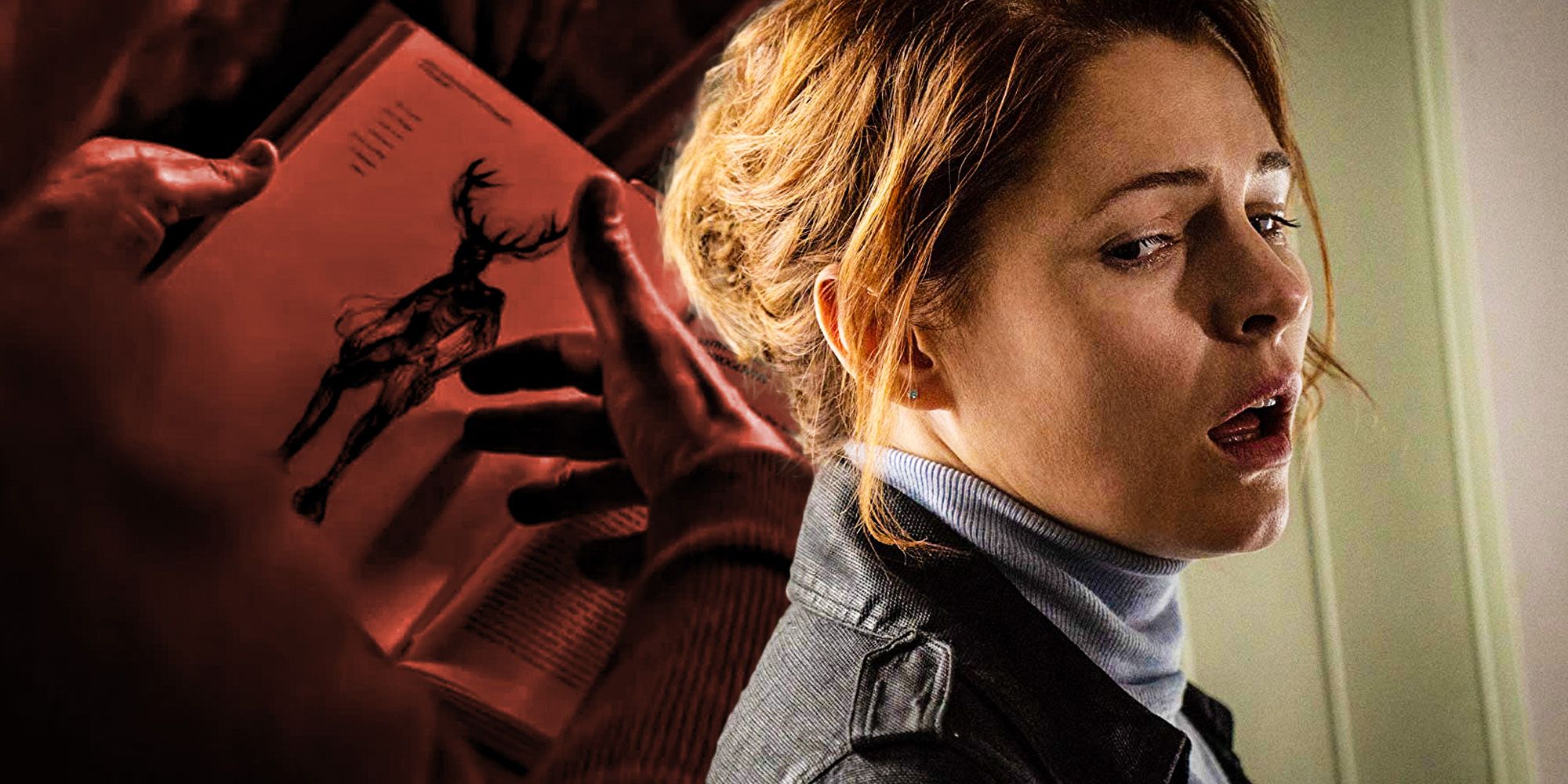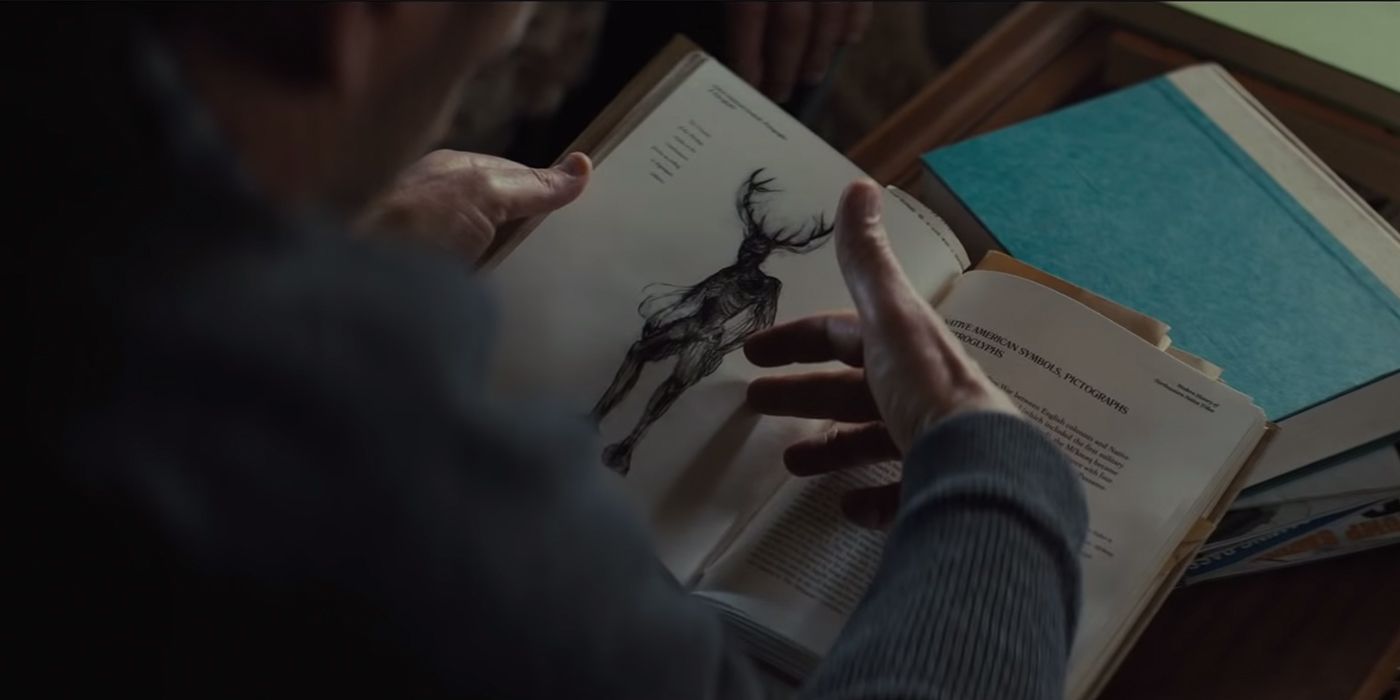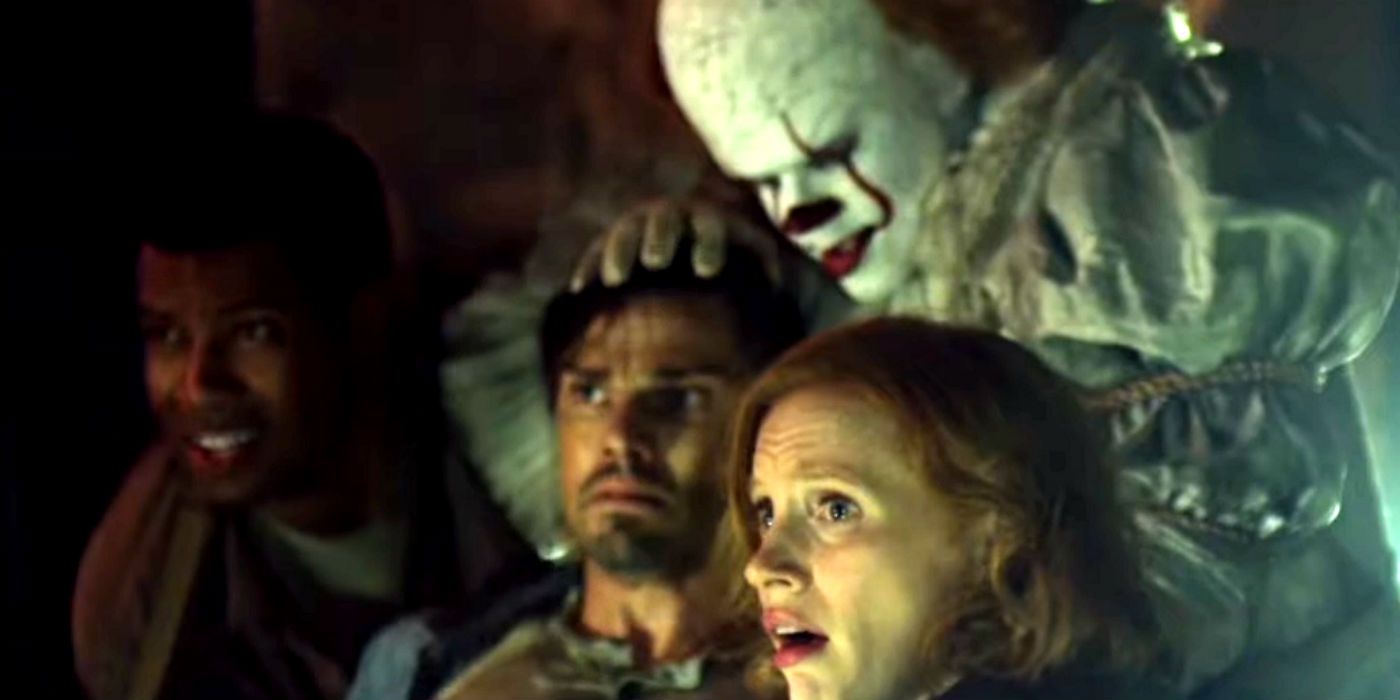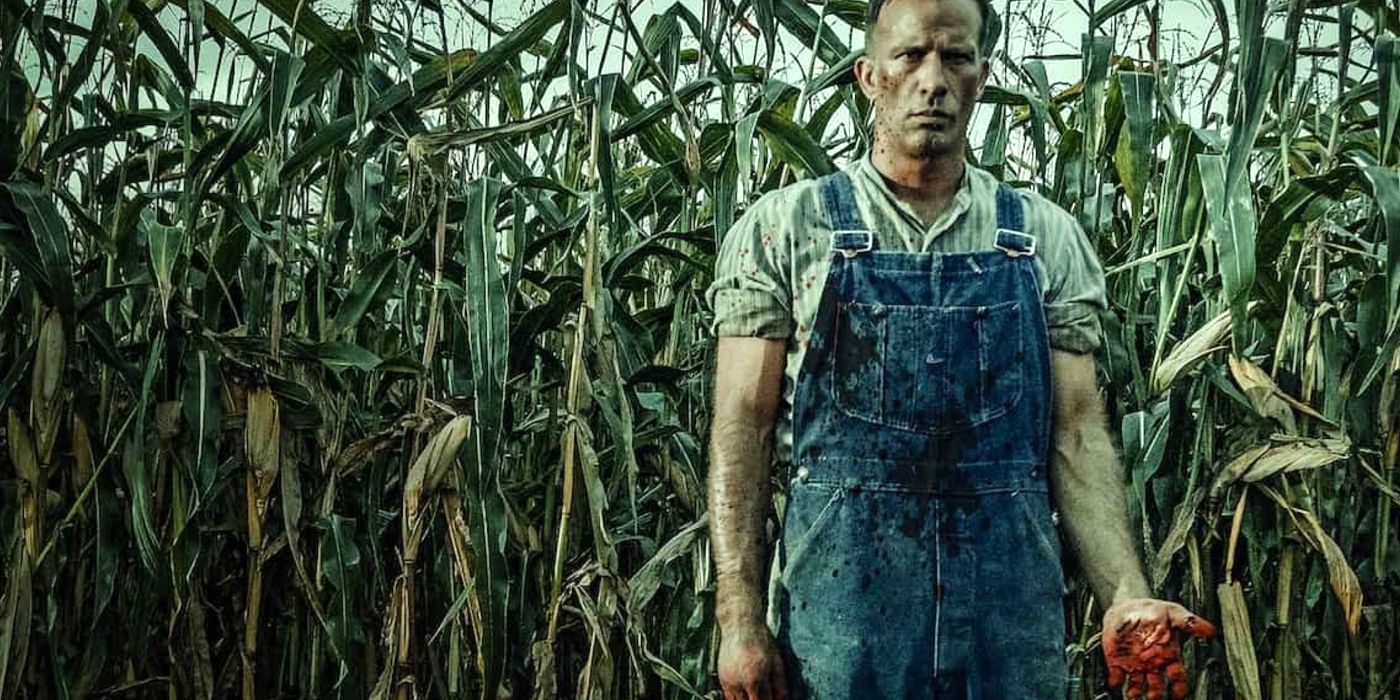A TV prequel movie for 2019’s Pet Sematary remake is in the works, but how can this film make up for the earlier, unnecessary Stephen King re-do? Since the release of Carrie in 1974, Stephen King has been the first name in horror fiction. The prolific author has written dozens of bestselling horror novels and short story collections, and many of King’s stories have been brought to life on both the big and small screen over the decades.
Some of King’s adaptations fare well with viewers and earn critical acclaim, while others are less lucky. The novel Pet Sematary, for example, earned King solid reviews and its 1989 movie adaptation from director Mary Lambert became a cult classic in the years after its release. However, a recent remake fared far worse with critics—not that this has stopped the movie from receiving an upcoming television prequel movie.
The original Pet Sematary was not well-reviewed upon release thanks to its quirky, blackly comic tone, but was soon rediscovered as an underrated cult gem in the years since. However, 2019’s Pet Sematary remake was less fortunate, being plagued with an un-scary central villain, an ad campaign that gave away all its secrets, and the absence of compelling mythology to make sense of the movie’s supernatural elements. Luckily, the news that the remake will receive a television prequel movie from Paramount Plus means that the mistakes and missteps of 2019's Pet Sematary can be revised by this follow-up project.
A Prequel Can Explore The Wendigo Myth
The Pet Sematary series has repeatedly teased the presence of a mythical Wendigo that is behind the dark magic of the titular location, but never depicted this being or explained how it works. This sort of lore can often bog down movies, forcing them to over-explain their villains and robbing them of their mystique. However, a prequel would be perfect for this story. King’s best villains like Pennywise and Randall Flagg have compelling backstories that strengthen, rather than neuter, their scare factor, and the same could be true of the Wendigo if the Pet Sematary series finally explains the story behind the monster.
The Wendigo has rarely been seen onscreen, but the mythical spirit has been referenced throughout cinematic horror history. The underrated, blackly comic western horror Ravenous centers around the Wendigo’s presence in a secluded outpost, and manages to make a compelling argument against the Manifest Destiny philosophy by depicting the spirit as a monster that becomes more powerful and pitiless the more it consumes. A Pet Sematary prequel that explains how the wending works (in most depictions, the spirit grows stronger but also loses touch with its humanity more the more flesh it consumes) could be a chilling and metaphorically loaded take on themes of consumption, colonization, and cruelty. Many of Stephen King’s stories feature a moral edge, and this tale could be a chilling story of what happens when the desire to consume overtakes humanity.
Prequels Can Delve Into Indigenous Stories
The fact that the Pet Sematary series is built upon (no pun intended) Mi’kmaq myths, the origins of the eponymous location could focus on the stories of indigenous characters and make the focus of this universally white franchise more diverse and inclusive. Currently, the Pet Sematary series turns the Mi’Kmaq people’s legends into a boogeyman for suburbanites to be killed by, whereas the legends could be the focus of the plot this time around. Some critics have read a cryptic critique of Native American genocides into Kubrick’s adaption of The Shining, but Pet Sematary’s use of Mi’kmaq mythology could allow this prequel to directly address both American horror’s history of borrowing from Native lore and the depiction of Native Americans in genre stories more broadly.
The success of Stephen Graham Jones’ recent critically acclaimed horror novel The Only Good Indians proves there is a market hungry for horror stories from the perspective of indigenous American protagonists. Not only that, but this is not the only chance that a King adaptation has had to touch on the country’s history, with the second part of It’s blockbuster movie adaptation briefly mentioning these themes without really exploring them in any detail. One of many missteps in It Chapter 2 was the movie’s decision to skip over the backstory of Pennywise with a barely touched-on “Ritual of Chüd” that deserved more screen time and explanation, which Pet Sematary could now offer Native mythology and horror stories.
The Prequel Can Be A Rare King Period Piece
Despite setting many novels in the recent past, Stephen King does not often write full-blown period pieces, outside of It’s split time settings and The Dark Tower’s forays into Medieval fantasy. Generally, the only time King will set entire novels in the past is when there is a time-traveling element to their story, like the sci-fi 11.22.63. As such, taking the story of Pet Sematary back to its mythical origins would see the writer’s story venture even further back than the likes of Dolan’s Cadillac and King’s Thomas Jane collaboration 1922. However, while the author rarely opts to write long-form works set this far back, judging by King’s short story pedigree, this could be a good move.
King’s oeuvre features many memorably scary stories set in the past that use their period setting to deepen the sense of unease and discomfort that readers feel by alienating them even from the protagonist. The simple but shockingly effective “The Man In The Black Suit,” for example, sets u an encounter between a young boy and a seemingly friendly stranger that could never work if set in a more recent, “stranger danger” conscious era. However, because this Everything’s Eventual story is set in Mark Twain’s America, viewers are unsure of how to react to even the young hero’s behaviour, let alone that of his attacker. A Pet Sematary prequel could mine effective thrills from this disconnect by setting the story in an era that viewers are unfamiliar with the social and cultural norms of. Distanced from the story by its period setting, Stephen King fans could then be all the more scared by a Pet Sematary prequel where the lives of the protagonists are as strange and unfamiliar as the supernatural foes they face.




